Can a real image be seen with the naked eye?
We know that an object's light rays can be projected and focused onto a screen. If the screen is moved anywhere else, the image will be blurry. But can the naked eye see this real image? In certain positions, yes, the eye can see the focused image.
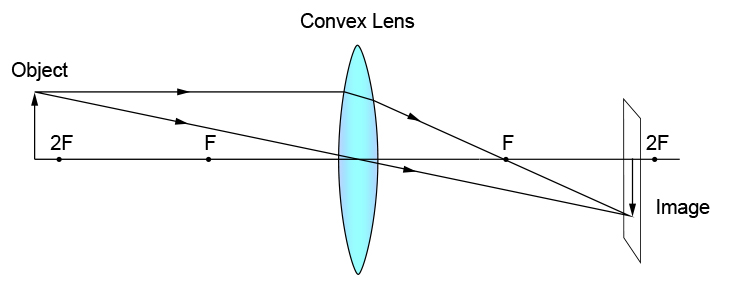
Each ray intersects on the image and then travels to the eye of an observer. Every observer would observe the same image location. With just your eye, it would be hard to determine exactly where the image is.
For an object at a distance between the primary focal length and two primary focal lengths (`f` and `2f`) we have:
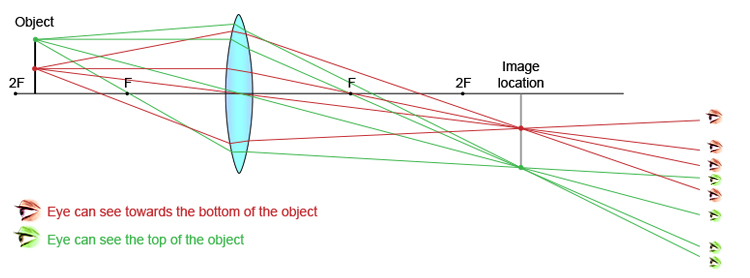
Where the red eye and green eye cross you will be able to see the whole image before it is cut off by the edge of the lens.
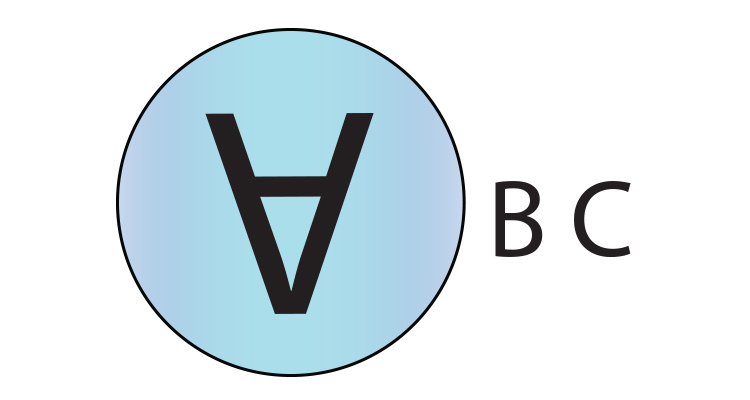
The letter A would look like the above through a convex lens where the object is between F and 2 F.
For an object at a greater distance than two primary focal lengths (`2f`) we have.
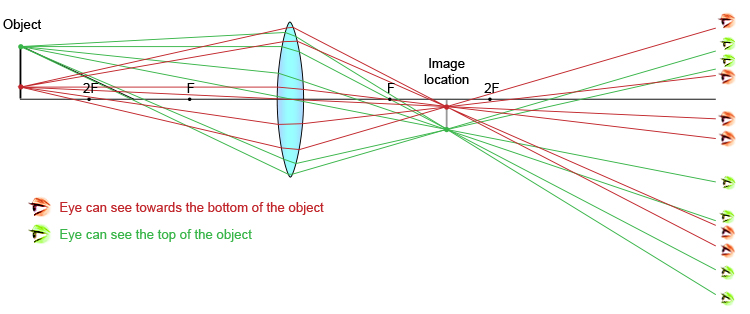
Where the red eye and green eye cross you will be able to see the whole image before it is cut off by the edge of the lens.
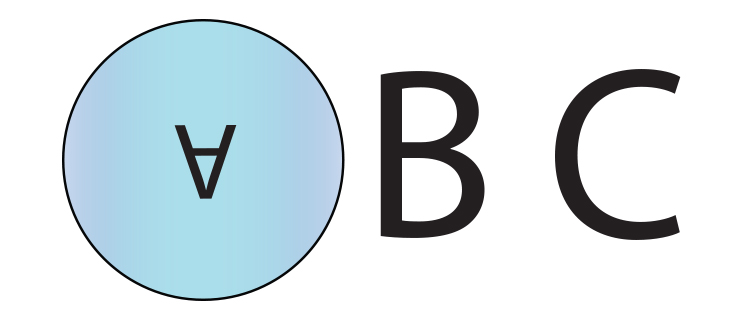
The letter A would look like the above through a convex lens where the object is beyond 2F.
Below is the range of view of an eye seeing a perfect image of the object but enlarged. The object is between the principal focal length and the convex lens.
There will be a magnified view of the image all at the same location wherever you move your eye as long as it doesn't get cut off by the edge of the lens. This is called using a magnifying glass.

Where the red eye and green eye cross you will be able to see the whole image before it is cut off by the edge of the lens.
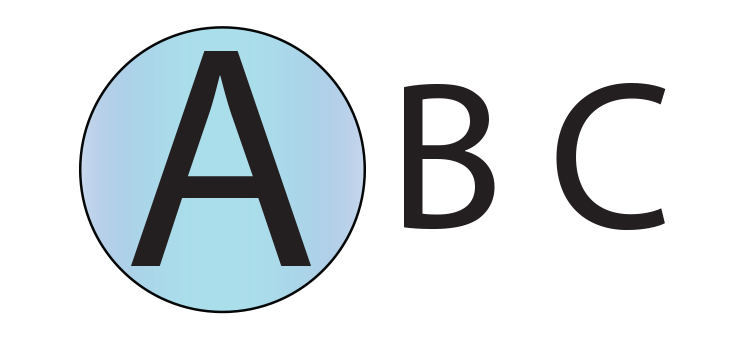
The letter A would look like the above through a convex lens where the object is between F and the convex lens.




